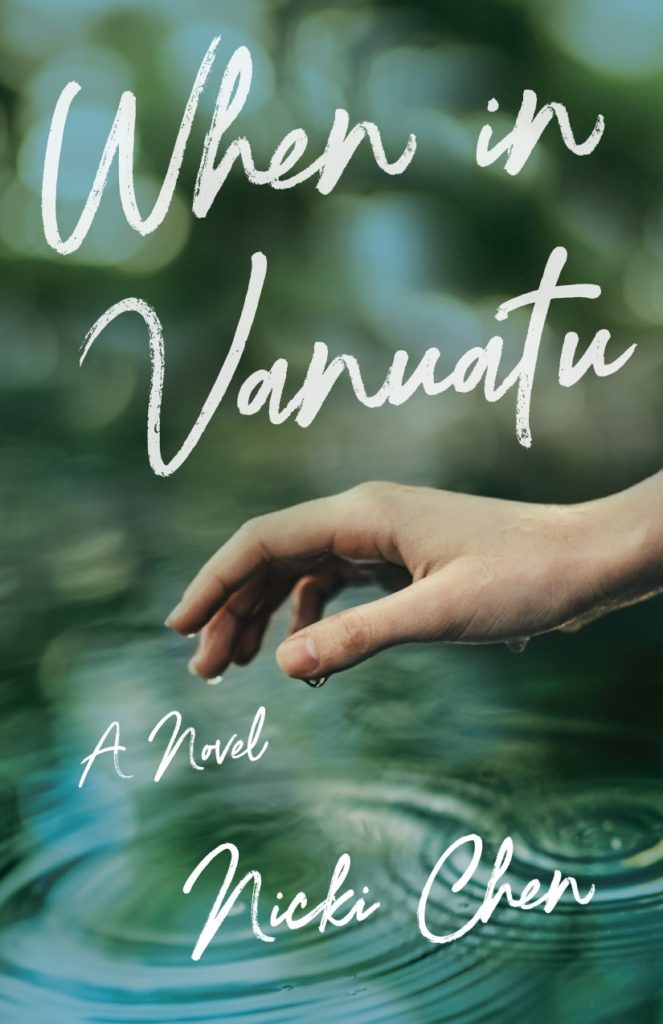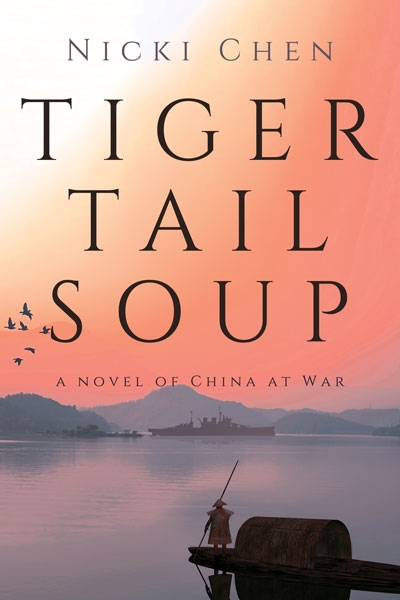
When we lived in Vanuatu, we bought a few souvenirs, but not many. There were a couple of shops on Port Vila’s main street with items designed to attract tourists, especially the Aussies who sailed in every few weeks on a big cruise ship. The stores’ specialty was T-shirts with humorous or obscene images on the front or back.
Vanuatu’s people live a simple life, close to the earth. They don’t make ornate handicrafts. They make things that are meant to be used not sold.
These are a couple of masks I bought at a shop in Port Vila. The dark mask on the right was made in Vanuatu. The long, lighter colored mask is from the Solomon Islands, a neighboring country.
These slit drums (also called tamtams) are used to call the village together by hitting across the slit with a big stick. The sound it makes isn’t loud, but the villagers live close together, and since there are no televisions or traffic, the slit drum doesn’t need to make much noise. In the photo on the right, you can see the height of our largest tamtam. It’s over six feet tall.
Robert, who worked for our landlord, hooked my husband up with some carvers from his home island who were staying in an encampment in the woods at the edge of town. Eugene asked them to carve the three tamtams you see above. He also ordered a dugout canoe.
The canoe was seaworthy. That’s all you could say for it.
You’d think that living on a chain of islands, the ni-Vanuatu would be good sailors. But they mainly live in inland villages. They plant yams and raise pigs. Of course, they catch fish now and then, but it’s not a mainstay of their diet. Their dugout canoes are heavy, they have no real keel and only one outrigger, so (as we found out) two people attempting to maneuver one canoe is more comedy than fun. Eugene and I gamely took our canoe out on the water a few times, but our zigzagging path up the lagoon was so annoying and we shouted at each other to turn this way or that so many times that we finally gave it up. We ended up pulling the offending canoe ashore and getting some help to move it to our backyard where we used it for a planter. The bougainvillea spilling over its sides was beautiful and a great save.
As you can see, the pendant on this necklace is shaped like a tamtam. I bought it at a small jewelry shop in Port Vila run by a Frenchman.
Just a reminder: When in Vanuatu will be published on April 27, 2021.
The Facebook Launch party, sponsored by the Edmonds Bookshop will be at 6:00 pm on April 29.









This was an interesting read, Nicki. Your recollection of souvenirs in Vanuatu made me think of souvenirs in a different light, and this line stood out to me, ‘They don’t make ornate handicrafts. They make things that are meant to be used not sold.’ Commonly you think of souvenirs as some kind of display trinket and its purpose is to sit on a shelf at home. Nothing wrong with souvenirs as decorations but quite often people seem to buy souvenirs just because they can.
It sounds like masks, tamtams and canoes all had a practical purpose one way or another. That is also a lovely necklace and seems to have held up over the years 🙂
Congratulations on your upcoming release Nicki. All the best with it 🙂
When you think of it, there have always been craftsmen and artists, way back to the time of the cave paintings. I suppose there have always been some people who wanted to make the bowls they eat of nicely formed and, if they had time, decorated with pretty designs. Eventually, their skill became well known by their townspeople and evolved into a job. I like to have a few souvenirs from places I’ve been as a way of appreciating the unique cultures of those people and their craftsmen.
Thank you for your kind wishes, Mabel.
Love the carvings and necklace. Beautiful treasures.
Thanks, Lani.
What we collect when we travel says so much about us and our experience of a place. Lovely images.
That’s true. And yet, so much of my experience of Vanuatu couldn’t be collected and brought back home–the experience of beauty and fun, the people, memories.
Canoes are not for the faint of heart. I’d rather have a kayak (with just me, so I’ve no one to yell at when I capsize).
Your launch party sounds so exciting! Good luck.
I agree, kayaks are the best, and one-man kayaks avoid the problem of fighting over who to blame. Although on my last kayaking trip before the pandemic, I was glad to be sharing with my son-in-law. On the map, that part of the Sound looked protected. Once we got out there, though, it seemed more like open sea. I was glad to be sharing with someone stronger than me.
Such a trove of treasures.
I’m not a big shopper when I travel, but invariable things add up.
NIcki, I’m laughing at your ‘canoe’ and attempts to head out on the water. I too would have thought the people on the island are as one with the sea but obviously not. What an unusual and unique planter! Wow! I love the look of the tamtams – how did you bring home the six foot one? Your necklance one is beautiful and delicate. Good luck with your book launch and imagine you are very busy with the final preperations!
Thank you for your good wishes, Annika.
The ancient history of the ni-Vanuatu is a little murky, but archeologists have been doing some research lately. They think that maybe 25% of the the ni-Vanuatu heritage is Lapitan, people who are related to the indigenous Taiwanese. But 75% or so of their heritage is related to the Papuans who have a tradition of farming. The Papuans were the first humans to reach the New Guinea area perhaps more than 50,000 years ago. About 10,000 years ago, they developed farming in what is now the highlands of Papua New Guinea. They were farmers not fishermen, and when they migrated, they probably traveled on Lapita canoes. Then they moved inland and started farming again.
Luckily, my husband’s employer shipped everything back for us, because that big tamtam is very heavy.
Hope your souvenirs bring your happy memories to the surface! Do your kids remember much about life on the island?
That’s so true about souvenirs. They bring happy memories to the surface. Actually, our kids were already in college or married by the time we moved to Vanuatu. They visited, though. The youngest visited twice. I remember her sitting around the pool studying for her GRE.
The carved items are beautiful. I like the simplicity of them. Sorry your canoe wasn’t all that, but you live you learn.
My husband, like many Chinese, was an enthusiastic shopper. The canoe didn’t work out, but we had a few interesting efforts to use it and ended up with a unique planter in the back yard. So yes, you live and learn.
Thanks for the story. I wondered about some of the souveniers in your home.
During our stay-at-home COVID years, souvenirs provide us with a few pictures.
Love the Vanuatu details and the tamtam necklace, Nicki and your canoe story! It is certainly surprising they weren’t real fishermen! More great information about their culture.
My guess is that centuries ago the ni-Vanuatu came over from Papua New Guinea by boat. It’s thought that the Papua New Guineans were descendants of migrants out of Africa in one of the early waves of human migration. Agriculture was independently developed in the New Guinea highlands around 7000 BC. That’s why they’re farmers rather than fishermen.
Social history from souvenirs
Yes. Souvenirs are good reminders of the way of life of other places and people.
So happy for you, Nicki! We need to schedule a day for you to come on the blog and discuss your book!
How about we do it sometime in the month of May.
I have always wanted to ask you about your large “statue” that we can see from the road. Very interesting to learn about the tamtam. Thank you for sharing this information.
I know. It’s a strange thing to have sitting outside my front door. I’ve never used it as a way to point out my house. I guess I could.